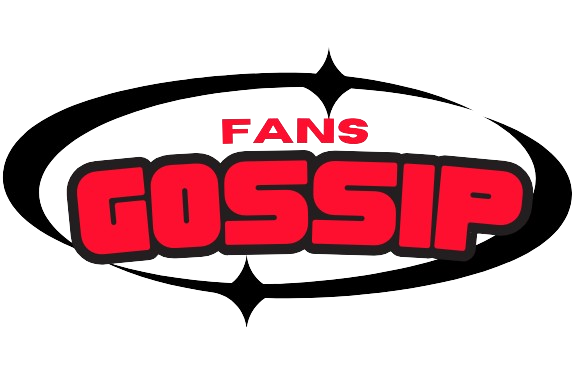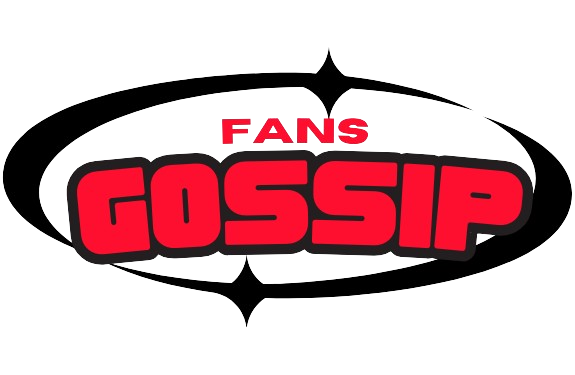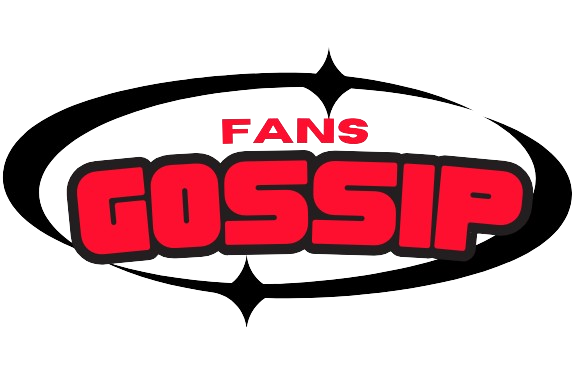International Signings in MLB Top 100 Prospects Ranking
The landscape of the MLB Top 100 Prospects Ranking has undergone a significant transformation with the exclusion of certain international signees. Previously, players like Yoshinobu Yamamoto, Jung Hoo Lee, and Shota Imanaga generated curiosity about their potential placement in the ranking. This shift in methodology occurred after the 2017 season, marking a distinct change in how the league assesses and categorizes emerging talents.
Pre-2017 Era: Inclusion of Players Below 50 Innings or 130 At-Bats
Prior to the 2017 season, Baseball America’s criteria for the MLB Top 100 Prospects Ranking included any player who had yet to surpass 50 innings pitched or 130 at-bats in the MLB. This inclusive approach allowed for a broad spectrum of talent, encompassing young prospects and international amateurs who had not yet met these specific thresholds.
Impact of Change: International Signees in a Different Pool
The significant alteration in the ranking methodology occurred as MLB began to distinguish international signees with professional experience, placing them in a different pool. This segregation aimed to differentiate players with a track record in professional leagues from those who were still considered young prospects or international amateurs.
Baseball America’s Continued Inclusion: A Look at the Years Until 2023
Despite MLB’s shift in approach, Baseball America continued to include international signees in its Top 100 Prospects Ranking until the year 2023. This continued inclusion offered baseball enthusiasts and analysts a comprehensive view of talent across different categories, encompassing both domestic and international players.
Post-2023 Scenario: Exclusion of International Signees from Prospects Ranking
As we navigate beyond the 2023 season, it becomes evident that international signees with professional experience are no longer part of the MLB Top 100 Prospects Ranking. This exclusion, mandated by MLB’s evolving criteria, has ramifications for how fans and experts evaluate and anticipate the rising stars within the league.
Unanswered Questions: Imagining the Prospects’ Rankings of Yamamoto, Lee, and Imanaga
One cannot help but wonder where players like Yoshinobu Yamamoto, Jung Hoo Lee, and Shota Imanaga would have landed in the MLB Top 100 Prospects Ranking if the criteria had remained inclusive of international signees. Their professional experience, often gained in competitive leagues outside of MLB, adds an extra layer of complexity to this speculation.
Looking Ahead: The Future of MLB Prospects Evaluation
As we grapple with the implications of this ranking shift, it prompts us to reflect on the changing dynamics of how MLB evaluates and categorizes emerging talents. The exclusion of international signees from the prospects ranking underscores the league’s recognition of the diverse paths that players take before making their mark in Major League Baseball.
A Dynamic Landscape in Prospect Evaluation
The evolution of the MLB Top 100 Prospects Ranking, particularly in relation to international signees, reflects the dynamic nature of baseball evaluation methodologies. As the league continues to adapt its criteria, fans and analysts must adjust their expectations and interpretations of prospect rankings, recognizing the multifaceted journeys that players embark upon before reaching the pinnacle of the sport. The exclusion of international signees signals a new era in prospect evaluation, leaving us to ponder the untold stories of talent that transcend borders and leagues.




